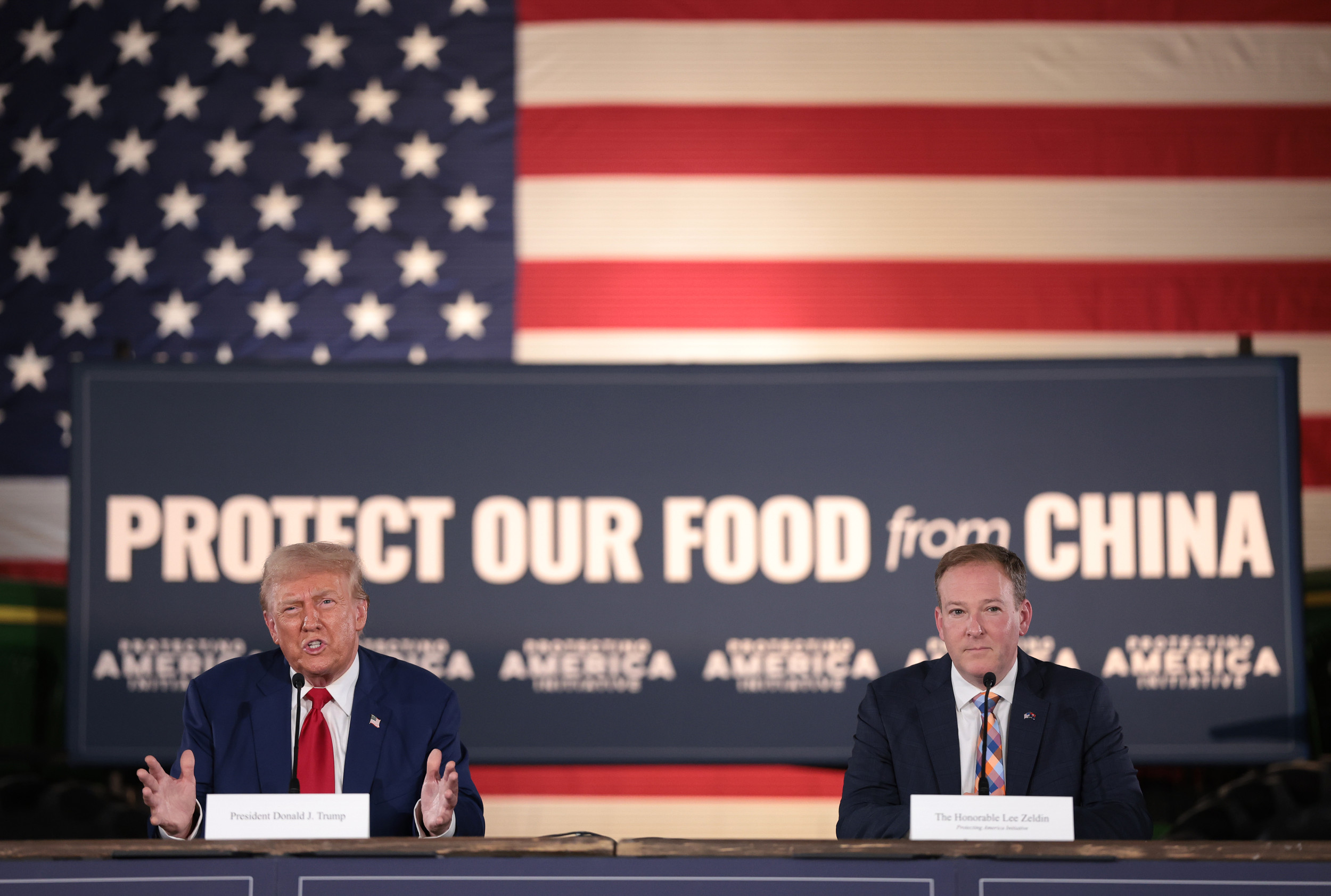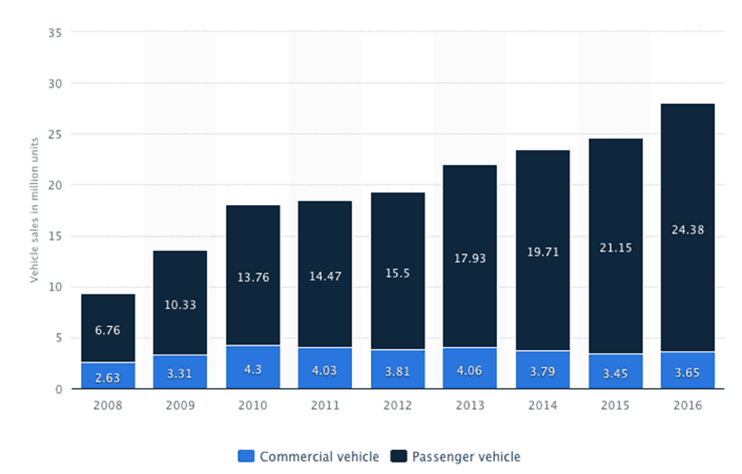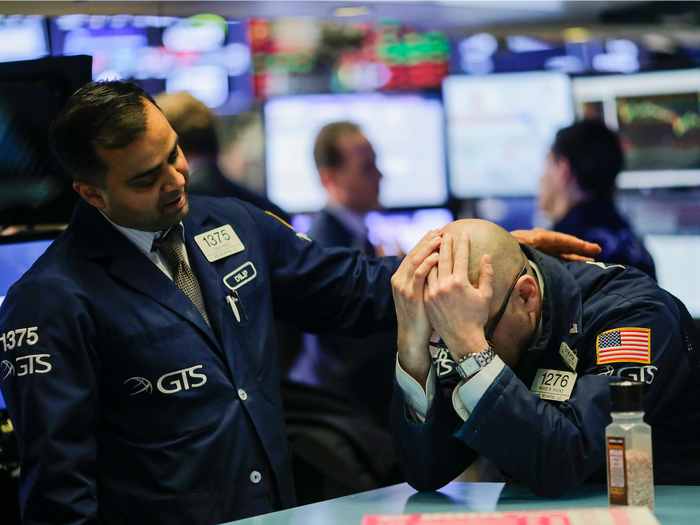Trump Tariffs: CEO Concerns And Consumer Impact

Table of Contents
CEO Concerns and Business Strategies in Response to Trump Tariffs
The Trump tariffs presented a complex challenge for CEOs across various sectors. The increased costs, supply chain disruptions, and overall uncertainty forced a reevaluation of business strategies.
Increased Production Costs and Price Hikes
Tariffs directly increased the cost of imported goods, forcing many companies to absorb these costs or pass them on to consumers through price hikes. This led to a significant increase in the prices of numerous products, impacting everything from consumer electronics to automobiles.
- Examples: The price of steel, a crucial component in many industries, rose sharply, impacting the automotive and construction sectors. Similarly, tariffs on imported tires and textiles resulted in noticeable price increases for consumers.
- Mitigation Strategies: Companies employed various strategies to mitigate these costs. Some relocated production to countries with lower tariffs, while others sought alternative suppliers or invested in domestic production to reduce reliance on imports. This often involved significant capital expenditure and logistical challenges.
- Specific Price Increases: Documented cases show price increases ranging from 5% to 25% depending on the industry and product, with some experiencing even higher increases.
Supply Chain Disruptions and Uncertainty
The unpredictable nature of the Trump tariff policies created significant challenges for businesses. The constant threat of new tariffs or changes to existing ones made long-term planning incredibly difficult. This uncertainty extended beyond direct tariff impacts, creating ripple effects throughout global supply chains.
- Examples: Companies faced delays and disruptions as shipments were held up at ports, leading to shortages and production bottlenecks. The uncertainty also hindered investment decisions, as businesses hesitated to commit to long-term projects in a volatile trade environment.
- CEO Concerns: Many CEOs expressed concerns about the inability to accurately forecast costs and plan for future growth under the shadow of these ever-changing trade policies. This uncertainty significantly impacted their ability to make strategic investments and manage their businesses effectively.
- Supply Chain Disruptions: Examples include delays in receiving components for manufacturing, leading to production slowdowns and lost revenue. This also affected the just-in-time manufacturing models many companies rely upon.
Impact on Investment and Job Creation
The Trump tariffs had a considerable impact on business investment decisions, both domestically and internationally. While some businesses invested in domestic production to avoid tariffs, others reduced investment or shifted production overseas. The overall effect on job creation was complex and varied across sectors.
- Investment Changes: Some companies saw increased investment in domestic facilities, creating jobs in specific sectors. However, this was often offset by job losses in other areas due to reduced exports or factory closures.
- Job Losses/Gains: While some sectors experienced job growth from reshoring, the overall effect on job creation was likely negative, given the significant disruptions caused by the tariffs.
- Company Examples: Specific examples include companies that shifted production overseas to avoid tariffs, resulting in job losses in the US. Conversely, other companies invested in domestic manufacturing, creating new jobs.
Consumer Impact of Trump Tariffs: Prices, Availability, and Choices
The Trump tariffs didn't just affect businesses; they had a direct and lasting impact on American consumers.
Increased Prices for Consumers
Higher import costs, driven by the tariffs, translated directly into higher prices for consumers. This reduced consumer purchasing power and impacted household budgets.
- Specific Products: Many everyday goods, including clothing, appliances, and electronics, saw price increases. The impact was felt most acutely by low-income consumers who spend a larger proportion of their income on necessities.
- Inflationary Pressures: The tariffs contributed to inflationary pressures in the economy, eroding consumer confidence and reducing overall spending. This created a vicious cycle, slowing economic growth.
- Statistics on Inflation: Data shows a direct correlation between the imposition of specific tariffs and increases in the Consumer Price Index (CPI) for affected goods.
Reduced Product Availability and Choice
The tariffs also impacted the availability and choice of goods in the US market. Reduced imports meant that some products became harder to find, and consumers faced fewer options.
- Product Examples: Specific instances of reduced availability of certain imported goods can be documented, highlighting the impact on consumer choice and competition.
- Retail Sector Impact: The reduced availability of certain goods impacted various retail sectors, forcing them to adapt their offerings and potentially impacting their profits.
- Substitution Effects: While some consumers were able to find substitutes, these substitutes were often more expensive or of lower quality.
Long-Term Economic Consequences for Consumers
The long-term effects of the Trump tariffs on the US economy and consumer welfare remain a subject of ongoing debate. However, the potential consequences are significant.
- Economic Growth: The tariffs likely had a negative impact on overall economic growth, dampening consumer spending and impacting investment.
- Consumer Confidence: The uncertainty caused by these policies significantly impacted consumer confidence, which is crucial for a healthy economy.
- International Trade Relations: The tariffs strained relationships with key trading partners, potentially causing lasting damage to international trade relations.
Conclusion
The Trump tariffs presented a complex economic challenge, significantly impacting both businesses and consumers. CEOs faced increased production costs, supply chain disruptions, and considerable uncertainty, forcing them to adapt their business strategies. Consumers experienced price increases, reduced product availability, and ultimately, a dampening effect on their purchasing power and economic well-being. Understanding the impact of Trump tariffs requires a thorough analysis of these multifaceted consequences. Further research on the Trump tariff legacy is needed to fully comprehend their lasting effects on the US economy and its relationship with the global marketplace.

Featured Posts
-
 Post Roe America How Otc Birth Control Reshapes Reproductive Healthcare
Apr 26, 2025
Post Roe America How Otc Birth Control Reshapes Reproductive Healthcare
Apr 26, 2025 -
 Analyzing The Chinese Automotive Market Case Studies Of Bmw And Porsche
Apr 26, 2025
Analyzing The Chinese Automotive Market Case Studies Of Bmw And Porsche
Apr 26, 2025 -
 Bof As Argument Against Stock Market Valuation Concerns
Apr 26, 2025
Bof As Argument Against Stock Market Valuation Concerns
Apr 26, 2025 -
 Karen Read A Chronological Overview Of Legal Proceedings
Apr 26, 2025
Karen Read A Chronological Overview Of Legal Proceedings
Apr 26, 2025 -
 American Battleground David Vs Goliath A Power Struggle
Apr 26, 2025
American Battleground David Vs Goliath A Power Struggle
Apr 26, 2025
